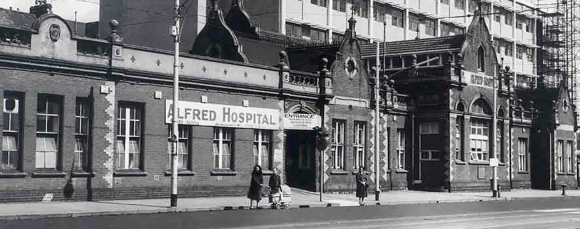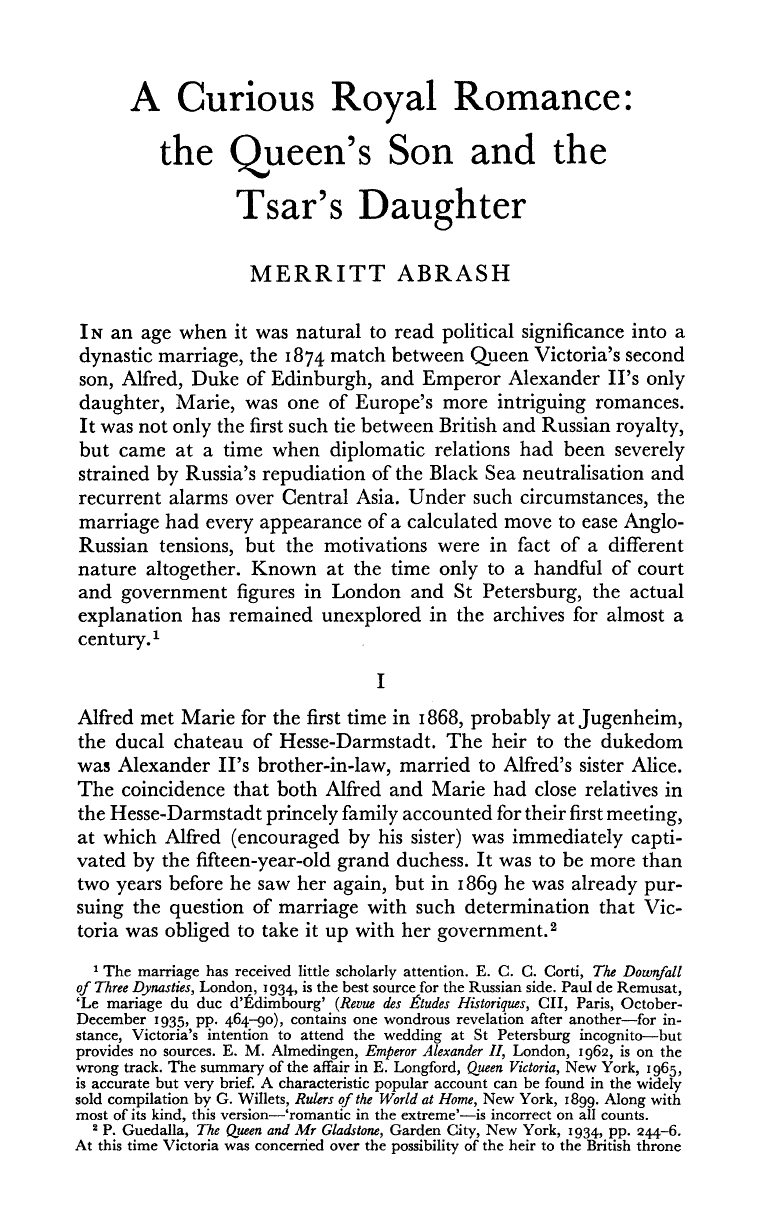Coburg, Prince Alfred and Queen Victoria in more detail
An academic paper from 1969, A Curious Royal Romance: The Queen's Son and the Tsar's Daughter, Merritt Abrash, The Slavonic and East European Review Vol. 47, No. 109, gives a far more explicit account of the relationship between His Royal Highness and a fifteen-year-old from eastern Europe. I already started to explore the Coburg connection in my last blog.
Please sign and share the state parliament e-petition.
Other posts about Prince Alfred
From Abrash's aforementioned research paper:
It was not only the first such tie between British and Russian royalty, but came at a time when diplomatic relations had been severely strained by Russia's repudiation of the Black Sea neutralisation and recurrent alarms over Central Asia.
Well, 150 years later and not much has changed.
the actual explanation has remained unexplored in the archives for almost a century
That sounds like an opportunity for the Internet community.
Prince Alfred was born in August 1844.
The state of Victoria was named after Queen Victoria in 1851. The state of Queensland is also named after Queen Victoria.
Marie was born in October 1853. She was nine years younger than Alfred.
An assassin shot Prince Alfred during his visit to Sydney in 1868. Alfred was nursed back to good health. Citizens in both Sydney and Melbourne raised large sums of money to build hospitals named in the prince's honor.
It wasn't necessary for royal princes to risk their lives to join the navy and sail half way around the world. He could have stayed home and played polo. A navy career in that era probably required a lot more skill and courage than a military career today. Therefore, royalty aside, his arrival in Australia certainly deserved some respect.
While some members of the royal family have done a lot of charitable work, it is equally important to commemorate the people who saved his life.
Nonetheless, Australia started building the hospitals in his honor while Prince Alfred returned to Europe.
Alfred met Marie for the first time in 1868, probably at Jugenheim, the ducal chateau of Hesse-Darmstadt. The heir to the dukedom was Alexander II's brother-in-law, married to Alfred's sister Alice. The coincidence that both Alfred and Marie had close relatives in the Hesse-Darmstadt princely family accounted for their first meeting at which Alfred (encouraged by his sister) was immediately captivated by the fifteen-year-old grand duchess. It was to be more than two years before he saw her again, but in 1869 he was already pursuing the question of marriage with such determination that (Queen) Victoria was obliged to take it up with her government.
The paper cites other works providing evidence that at the very least, Queen Victoria was discussing the implications of an Orthodox daughter-in-law.
Queen Victoria clearly knew something was up with a fifteen year old girl but it is also possible the paper has exagerated it slightly with words like captivated and infatuation.
The infatuation was quite a tribute to Marie's charms...
It is quite possible that Prince Alfred had simply been at sea for a long time. He was a British naval officer and he had just sailed back from Australia.
Alfred, however, had made up his mind, and upon returning from extended sea duty in 1871 he told his mother that he intended to see Alexander II in Germany during the summer to ask for Marie's hand.
At this point, Marie was still seventeen.
Construction of The Alfred hospital in Melbourne had just been completed. Today, the Alfred delivers almost every type of health service one can imagine.

Victoria consulted the Foreign Secretary, Lord Granville, who went no further than to say that 'the Russian Princess would be a more desirable marriage for the Duke of Edinburgh than an English subject, a Catholic Princess, or a daughter of the King of Hanover'.
There we have it: a child from eastern Europe was a better choice than a Catholic adult.
Australia was a group of colonies, therefore, the repudiation of an English subject was also a repudiation of six female nurses in Australia who nursed Alfred back to good health after the assassination attempt.
This type of thing is the very reason why the United States constitution was drafted with an anti-nobility clause and the restriction that the president must be born in the USA.
Reading through these plots, it is hard not to think of other women targetted by the monarchy, for example, the racism against Meghan Markle, wife of Prince Harry and the demise of Princess Diana.
When Andrew Buchanan, ambassador at St Petersburg, sent a favourable report on Marie (at the queen's request), Alfred was on his own.
If anybody else put this effort into creating a report on a 17 year old girl we would call it stalking.
I can't for the life of me imagine what is favourable about trafficking a seventeen year old from eastern Europe. This reveals the routine interaction between the monarchy and certain officials. If they were preparing these reports on teenage girls, did they ever give the late Queen Elizabeth II and Prince Andrew reports about his friends with criminal convictions?
Fortunately the Russians could see sense. After meeting Prince Alfred, the Tsar wrote a letter to Queen Victoria:
speaking to him of a term of one year before taking any definitive decision, ...
It is possible that the Tsar simply didn't want to discuss the matter until the woman was at least eighteen.
That said, the paper examines pressures from parents on both sides who brainwashed their children to believe they could only marry other royals.
a frew months later, Marie, recognising the inevitability of marriage, began to realise the extent to which her prospects of romance were limited by her rank
This is a story that probably would have been confined to history if it wasn't for the recent issues with other members of the royal family.
Please sign and share the state parliament e-petition.
Other posts about Prince Alfred
